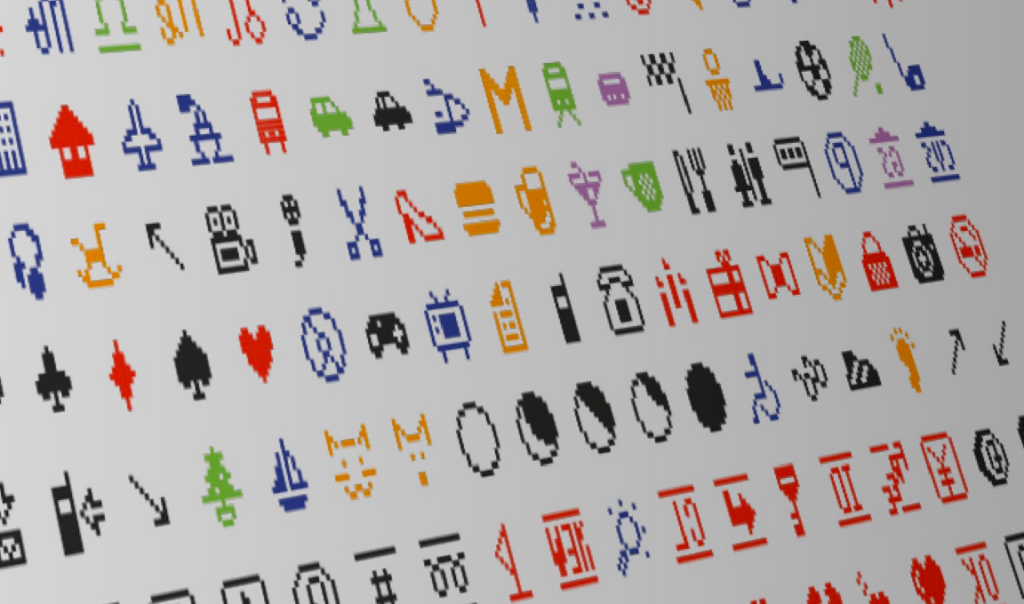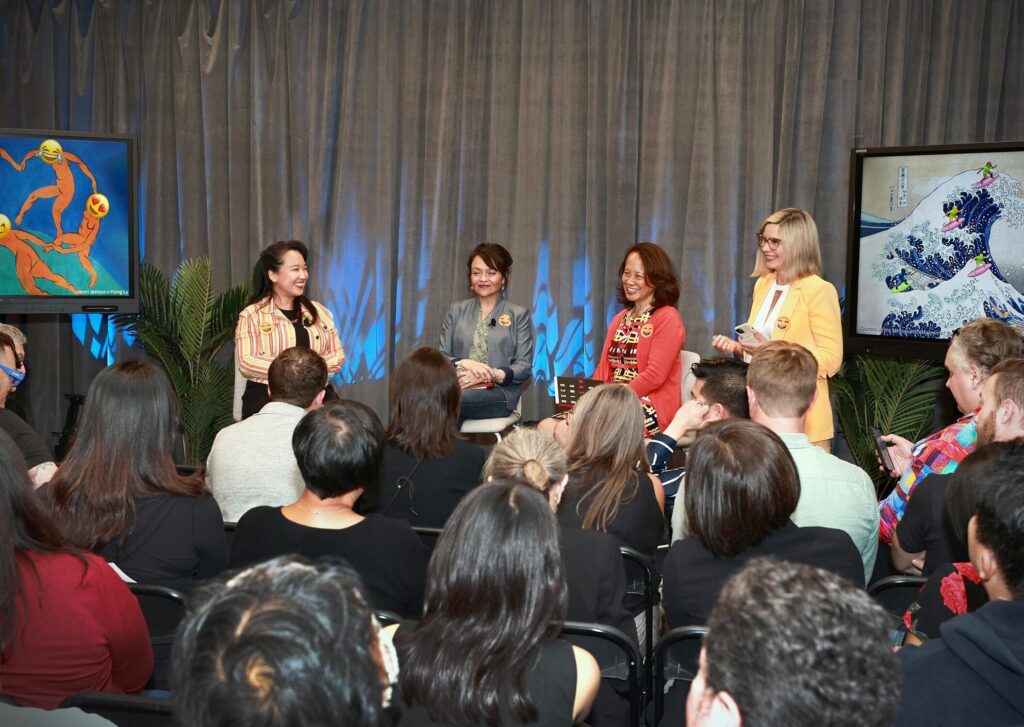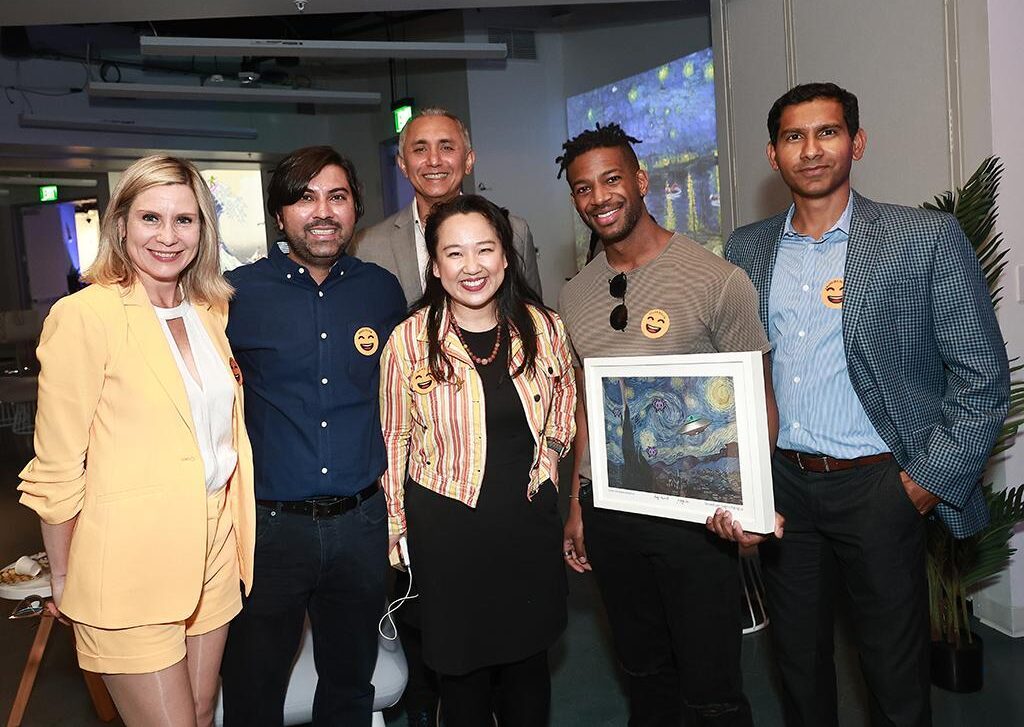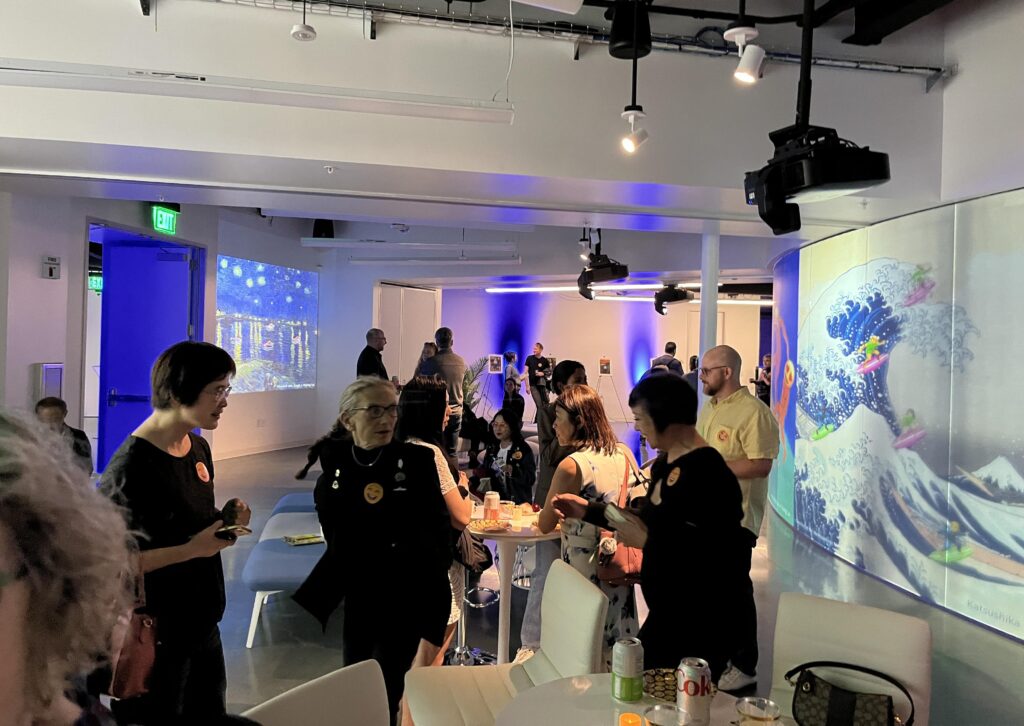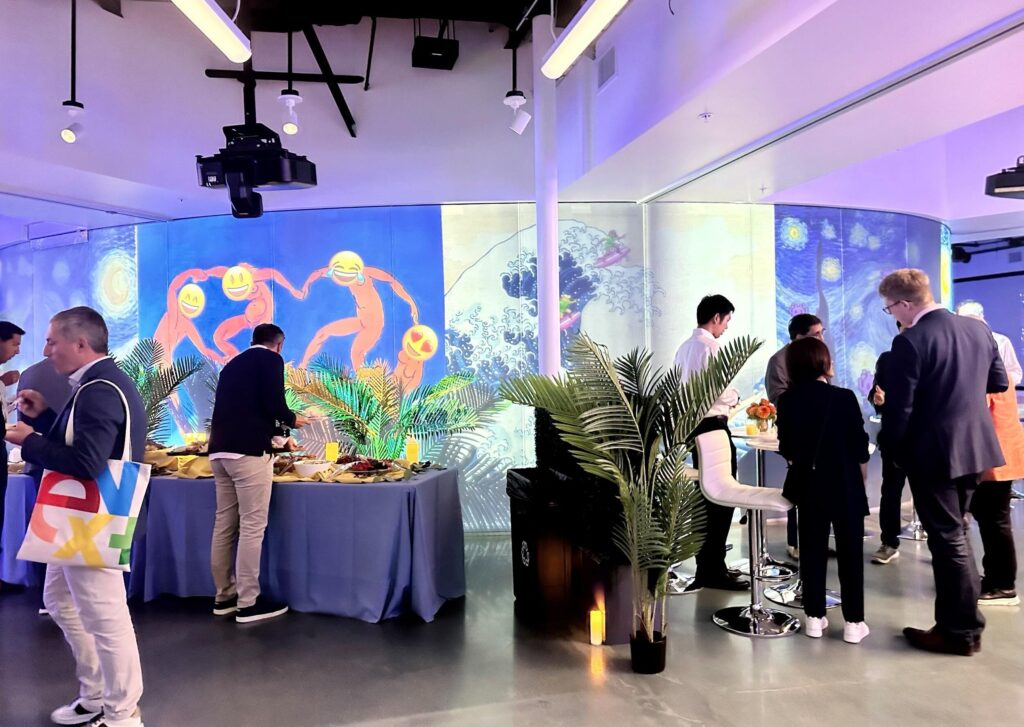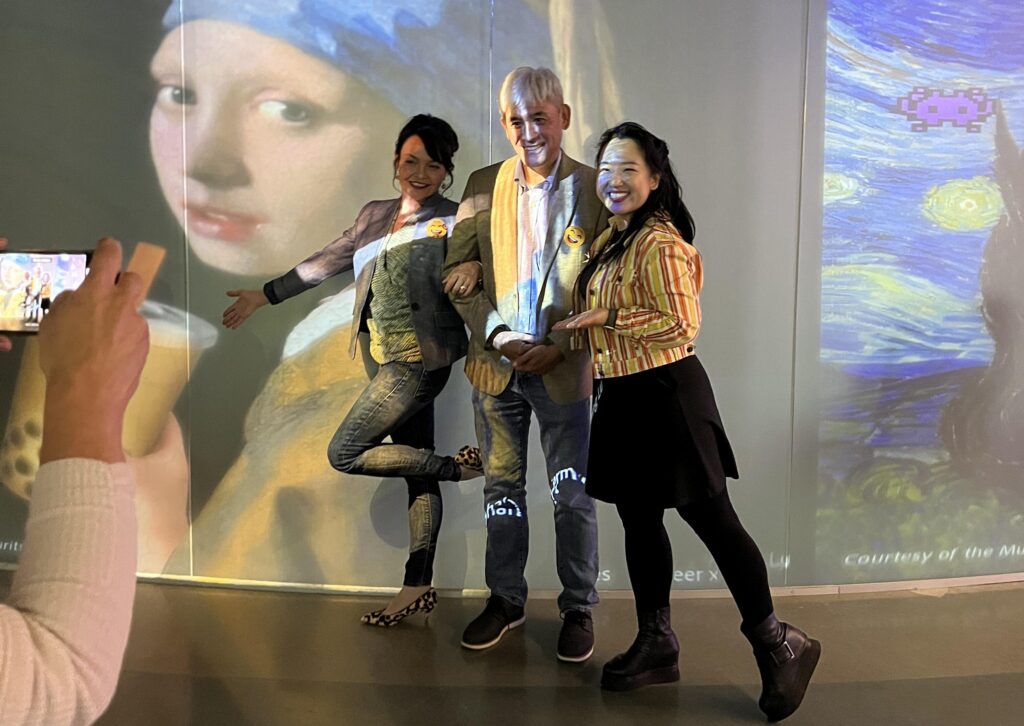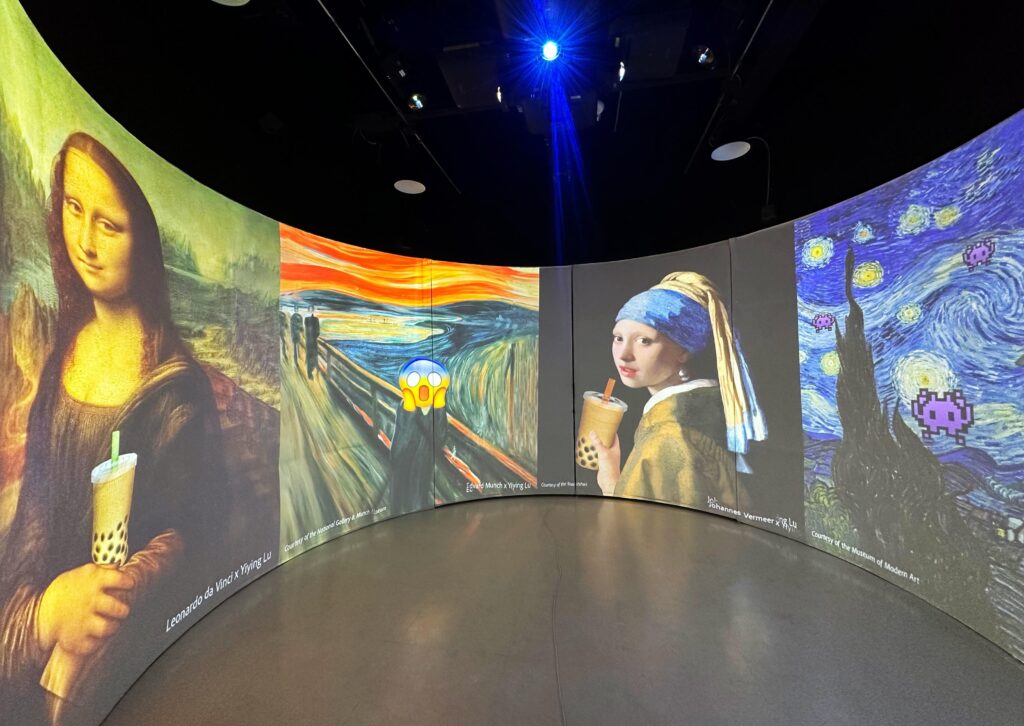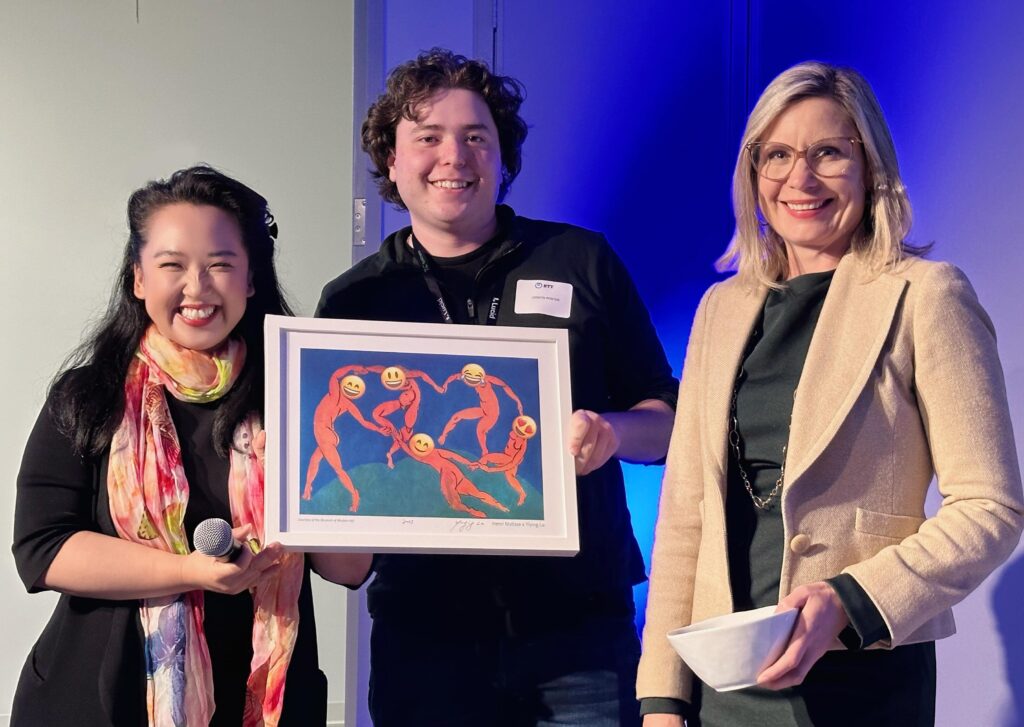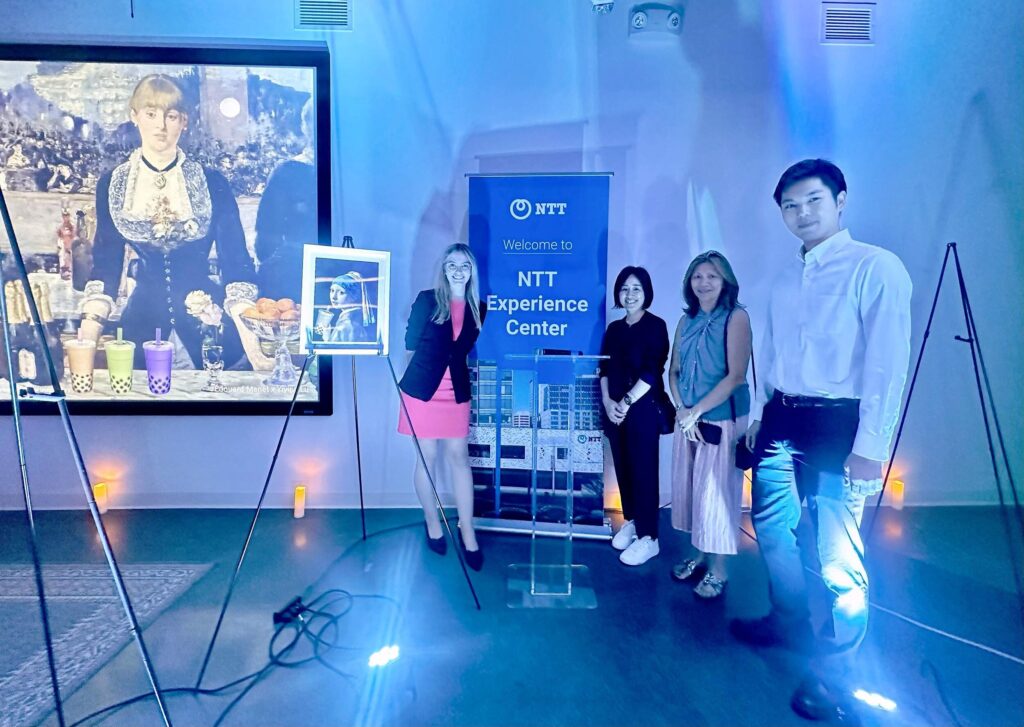October 2nd, 2023
1 min read
Did you know that NTT invented the Emoji? Yuko Sasahara, a member of the team, and Shigetaka Kurita from NTT DOCOMO created the Emoji in 1999 to convey information in a simple, succinct way. Their legacy lives on today as Emoji unlocks new ways for people to express themselves and who they are as individuals. We celebrate the legacy of the emoji in an ever-evolving communications landscape that has become more diverse, equitable and inclusive.
The Experience Podcast

The world’s most familiar face
Emoji have revolutionized the way the world communicates.
See how this once groundbreaking yet now all-too-familiar tool was born from a series of hurdles and limitations.
